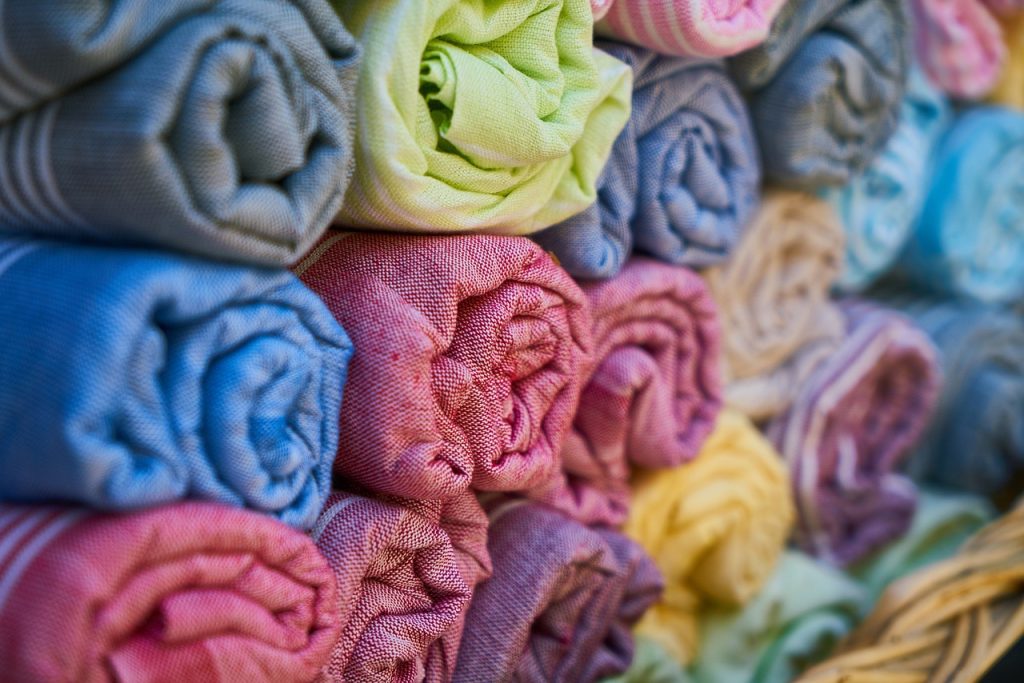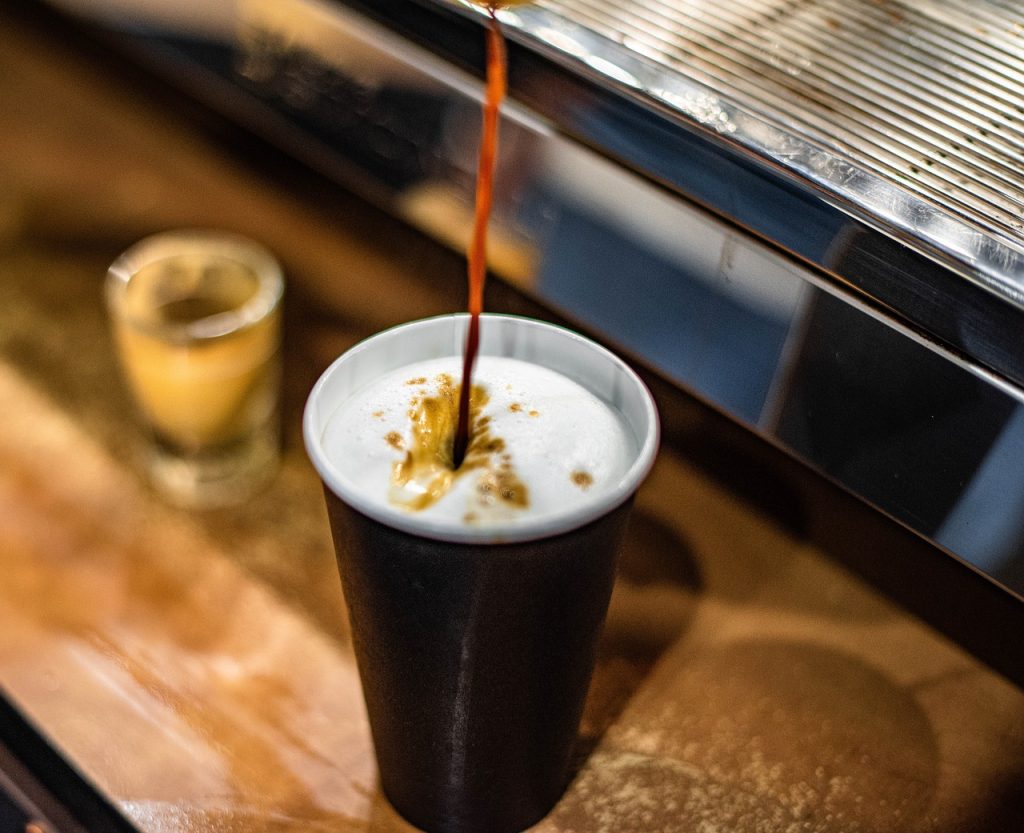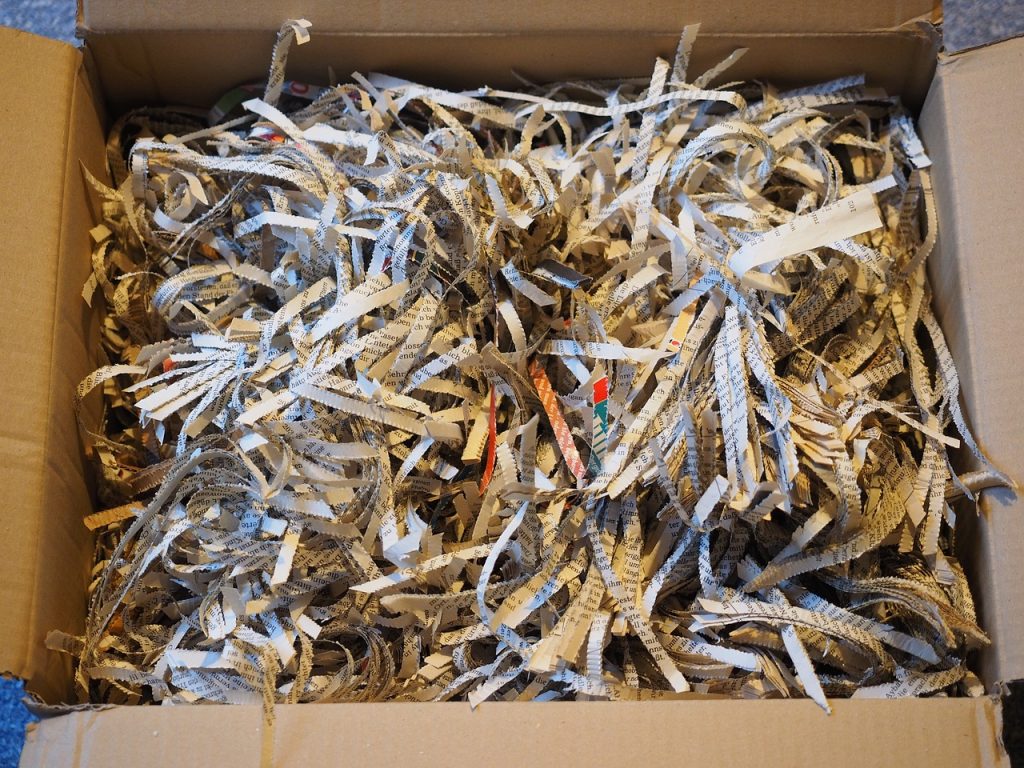- Separate cardboard from other trash.
- Remove any non-recyclable materials from your cardboard (tapes, glues, inks).
- Ensure the cardboard is not coated with wax or plastic.
- Reduce the use of cardboard where possible, choose products with less packaging.
- Reuse cardboard before recycling it.
- Consider using cardboard for composting or as a weed barrier in your garden.
- Recycle cardboard at your local recycling center.
Understanding Cardboard Recycling: Learn How to Recycle Cardboard
Understanding how to recycle cardboard is an integral part of living a sustainable lifestyle. You can’t just toss cardboard into any dumpster because not all are designed for trash recycling. It’s essential to know how your local recycling collection operates. Collection day procedures vary, but typically it’s important to separate your cardboard from other trash. How to recycle matters for the environment, and we don’t want to overlook recycling cardboard properly.
If you still have questions about cardboard recycling after doing a bit of research, don’t hesitate to get in touch with your local recycling center. They’re usually more than happy to provide helpful information. By participating in regular recycling, not only are you helping to decrease landfill mass, but you’re also contributing to the recyclable materials that see new life in other forms.
Cardboard is a form of paper, after all, and can be reused and recycled in multiple ways. One thing to keep in mind, however, is to remove any non-recyclable materials from your cardboard before sending them off. Tapes, glues, and even some inks aren’t as easy to recycle as pure cardboard and paper.
Keep in mind too that while recycling is a great way to reduce waste, not all cardboard is recyclable. Some types, like that with wax or plastic coatings, are more difficult to break down in the recycling process. When in doubt, check with your local recycling center.
It’s also crucial to remember the “recycle” mantra, reduce, reuse, recycle. Where possible, you should try to use less cardboard. This might mean choosing products with less packaging or using durable, reusable containers for storage instead of cardboard boxes. Last but not least, remember to always reuse cardboard where possible before recycling it.
Furthermore, recycling doesn’t end at the bin. Some creative individuals have found ways to reuse cardboard in their homes and gardens. Instead of sending it to the recycling center, consider if cardboard can be used for composting or even as a weed barrier in your garden.
In conclusion, remember that cardboard recycling, like all forms of recycling, can have a significant impact on the environment. And that each one of us plays a pivotal role in making sure recyclable items like cardboard find their correct path, and do not end up in a dumpster or landfill. So next time you think about discarding a cardboard box, take a moment to consider how to recycle effectively and how you can contribute towards a sustainable lifestyle.
A Comprehensive Guide to Recycle Cardboard in Your Daily Life
Cardboard recycling isn’t just a trending, sustainable lifestyle choice, it’s also an easy habit you can incorporate into your daily life. This article will provide a comprehensive guide on how to recycle cardboard effectively. Cardboard, as a resource, is not only abundant but is also highly recyclable. If you take a look around your house, you’ll probably find an array of cardboard boxes that have once served their purpose and are waiting to be discarded. But, don’t just throw these boxes away! Not when they’re a treasure trove of recyclable materials.
Recycling cardboard boxes transforms them from potential waste into a resource. It saves energy, conserves natural resources, and reduces the demand for raw materials. From moving boxes to pizza boxes, every piece of cardboard in your house has the potential to be recycled. To start recycling, all you need to do is separate your cardboard waste from the rest of your trash. It’s as simple as having two bins: one for general waste and another strictly for cardboard.
When you start recycling your cardboard, you’ll realize how often you come across it in your daily life. From grocery boxes, shoe boxes to cardboard moving and packaging boxes. It’s virtually everywhere! While it’s easy to just dispose of these boxes, it’s equally simple to recycle them! The key here is to break down the boxes flat, as it saves space and makes it more manageable to transport to recycling facilities. Generally, any box can be recycled with the exception of those contaminated with food or oil. So that pizza box might not be as recyclable as you’d hoped, but there’s always a way around it. You can tear away the contaminated part of the box and recycle the rest.
Most of us also have a lot of paper lying around – old newspapers, unwanted documents, junk mail, etc. Paper, like cardboard, is fully recyclable and can be put in the same bin as your cardboard. Be cognizant, though, as just like cardboard, paper contaminated with food or oil is non-recyclable. So, remember to separate out clean paper from contaminated one before adding it to your recycling bin.
Ultimately, recycling cardboard and paper is a small step towards maintaining ecological balance and preserving our environment for future generations. To lead a sustainable lifestyle, let’s make it a habit to recycle all cardboard and paper we come across in our daily lives. Remember, every piece of cardboard and paper recycled is a step towards a cleaner, healthier planet.
Recycling Center: The Heart of Cardboard Recycling Efforts
Just as the heart pumps life-giving blood to the body, the recycling center is the pulsating hub for cardboard recycling efforts. It’s vital to understand how to recycle cardboard appropriately to lead a more sustainable life, and these centers play a dynamic role in that process. Within the household and even beyond, every piece of cardboard that you recycle, whether from pizza boxes or packaging materials, ends up at the recycling center.
Households can play an integral part in these efforts by handing over their trash for recycling. Regular recycling collection from homes helps to increase the amount of cardboard recycled. Recycling becomes a lifestyle when you have designated a day of the week where you gather all your household recyclables for collection day. The regular practice of recycle, reduce and reuse can become the heart of each home.
Cardboard recycling isn’t as daunting as it seems. Once you’ve understood the mechanisms behind how to recycle, recycling becomes second nature. Let us dig deeper into what happens at the recycling center. Cardboard collected during collection days is sorted, bundled and prepared to be sent to the recycling center which acts as a hub for cardboard recycling efforts. In the recycling center, they are then turned into pulp before being recycled into new cardboard products. It’s impressive to think about how your old cardboard can have a second chance at life through recycling.
City council plays a crucial role in recycling too. Guidelines defined by the city council dictate the procedures on how to recycle. It reviews the recycling efforts regularly and pushes for stricter regulations when needed. Local review boards also act as regulating authorities. They evaluate recycling practices, ensure standard protocols are incorporated into the recycling efforts, and direct the workings of every recycling center.
A growing awareness of the environment has led many to question conventional habits and look for more sustainable options. Cardboard recycling is one of these refreshing changes. Home to home, city council to city council, and household to household- the cycle of recycling creates a ripple effect. Once you have learned to recycle cardboard, you’ll be an integral part of this ripple effect. The diligent participation of each household contributes to the endeavor of establishing a sustainable lifestyle.
This shift towards recycling represents a considerable stride towards a more sustainable lifestyle. Cardboard recycling at home will change how you see your trash. Rather than viewing it as a commodity to be discarded, you will see it as a potential resource to be recycled via the recycling center, the heart of the cardboard recycling efforts. Remember, when you recycle cardboard, you are not only cutting down on waste but also contributing to a larger effort towards achieving sustainability.
Corrugated Cardboard: Recycling Techniques and Its Importance
Corrugated cardboard recycling is one of the key strategies in maintaining a sustainable lifestyle. This specific type of cardboard, known for its durability and versatility, is a common waste product in many businesses and households. Unlike other types of waste, it’s important to note that corrugated cardboard is highly recyclable. By recycling corrugated cardboard, we’re not only reducing the volume of waste sent to landfills, but we’re also conserving resources and saving energy.
So, you may be asking yourself, how do I recycle corrugated cardboard? There are a variety of recycling techniques to explore. First, it’s crucial to understand that not all cardboard elements are recyclable. For instance, wet or grease-soaked cardboard is usually not accepted at recycling centers. However, dry and clean corrugated cardboard boxes are a green light for recycling.
Upon gathering corrugated cardboard box waste, break down the boxes and cut them into manageable sizes if necessary. This process improves the efficiency of the recycling process, making it easier to transport the cardboard to the recycle center. Once the corrugated cardboard reaches the recycling center, it goes through a series of stages, including sorting, shredding, and pulping. Subsequently, the pulp is filtered, cleaned, and eventually transformed into new recycled paper or cardboard products.
Knowing how to recycle doesn’t just apply to corrugated cardboard. Much like corrugated cardboard, paper waste is also highly recyclable. Remember, every piece of paper or cardboard recycled means less deforestation, reduced energy expenditure, and a reduction in emissions contributing to climate change.
After all, the heart of recycling efforts, be it cardboard or paper, resides in the recycling center. These centers become the converging point for recycled items, providing an avenue for individuals to play their part in maintaining a sustainable environment. By engaging in regular recycling habits, we can reduce waste and initiate a considerable positive impact on the environment.
Being aware of the importance of recycling cardboard in your daily life is a critical step towards adopting a more sustainable lifestyle. Each corrugated cardboard box recycled is a step closer to a greener earth. With this in mind, it’s crucial to spread the word about the importance and techniques of recycling corrugated cardboard. After all, making the world a better place starts with our actions, and recycling is one of the easiest ways to contribute.
From Move to Reuse: How to Recycle Paper and Cardboard Boxes After Moving
We’ve all been there. That fresh, post-move hill of cardboard boxes towering over us in our new home. But how often do you stop to think about what exactly you should do with all the cardboard after it has served its purpose? Or, even more importantly, how you can apply recycling to sustain an eco-friendly lifestyle? This is becoming a crucial question as we attempt to reduce our household waste – something the EPA emphasizes is essential for our planet’s wellbeing.
Knowing how to recycle cardboard correctly is an overlooked aspect of moving process. A lot of people toss cardboard in with their other waste, not realizing that it could be recycled. And yes, we’re not only talking about your standard, flat cardboard material. We also mean the oft-used corrugated cardboard, which is even easier to recycle due to its unique design structure.
Wondering what happens when you recycle a corrugated cardboard box? Well, during the process of recycling, the collected corrugated cardboard gets sorted, shredded, and pulped to prepare it for its new life. It’s then used to create new cardboard or other paper products. What seems like just another box that was used to move your household items to another location can now turn into a recycled product that contributes towards reducing the waste and enabling sustainable living. So, the cardboard boxes you thoughtlessly toss in the garbage post-move could instead be contributing to a wonderful cycle of reuse.
The key to effective and efficient recycling is a good recycling center. These centers are the heart of recycling efforts as they utilize advanced techniques and technologies to make sure that every cardboard or paper submitted for recycling is processed and repurposed effectively. Many cities have their recycling center that supports local recycling initiatives and helps in redirecting huge amounts of cardboard from ending up in landfills to getting recycled and reused affordably.
Don’t think you can make a difference? Remember, every box counts. Each recycled cardboard box (or paper) can help decrease the need for virgin materials for new products, thus saving valuable resources and conserving energy. As this article title suggests: “Recycling: How to Recycle Cardboard for a Sustainable Lifestyle” – it is each one of our responsibilities to participate. So, next time you move, remember. Don’t just discard – recycle!
In conclusion, understanding cardboard recycling and corrugated cardboard recycling techniques is an invaluable knowledge that can aid in our commitment to a sustainable lifestyle. So, every time you move, don’t just unpack but recycle and contribute to the effort. Let’s go from move to reuse, with a simple act of recycling our cardboard and paper boxes.




